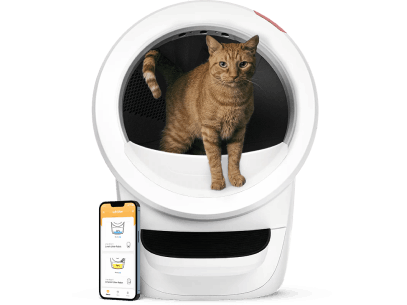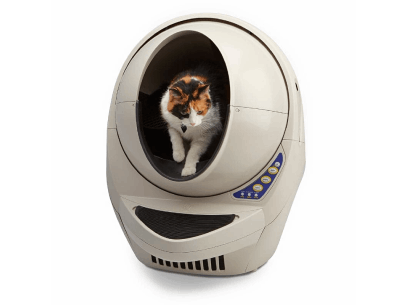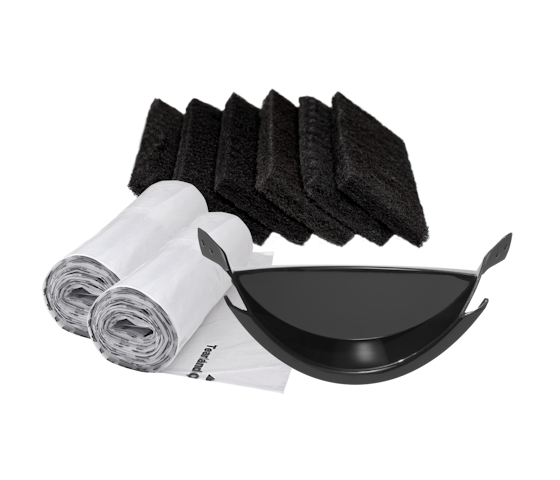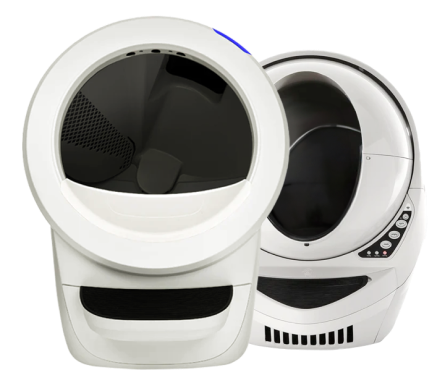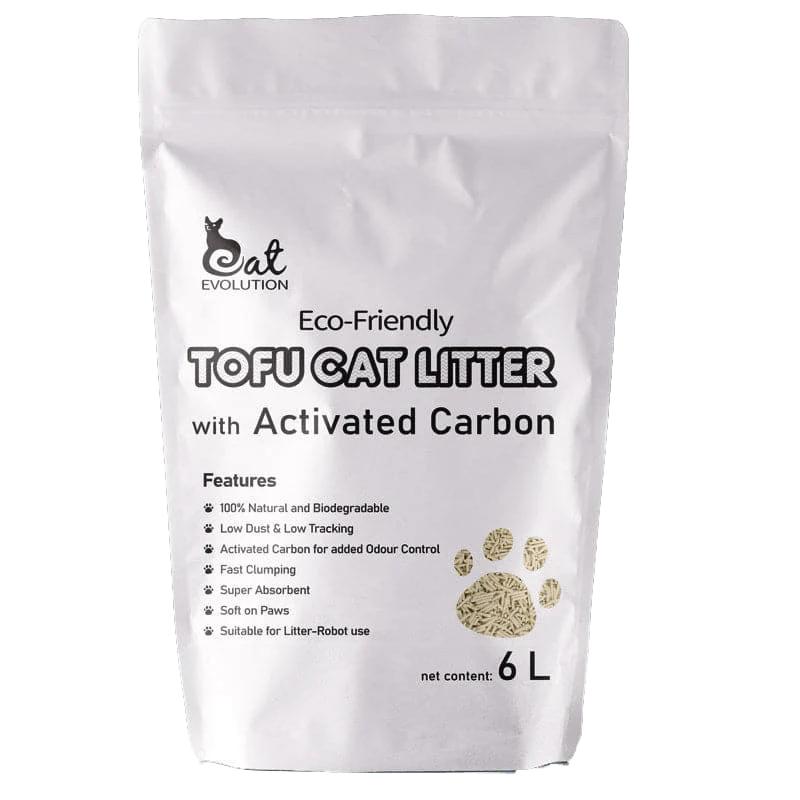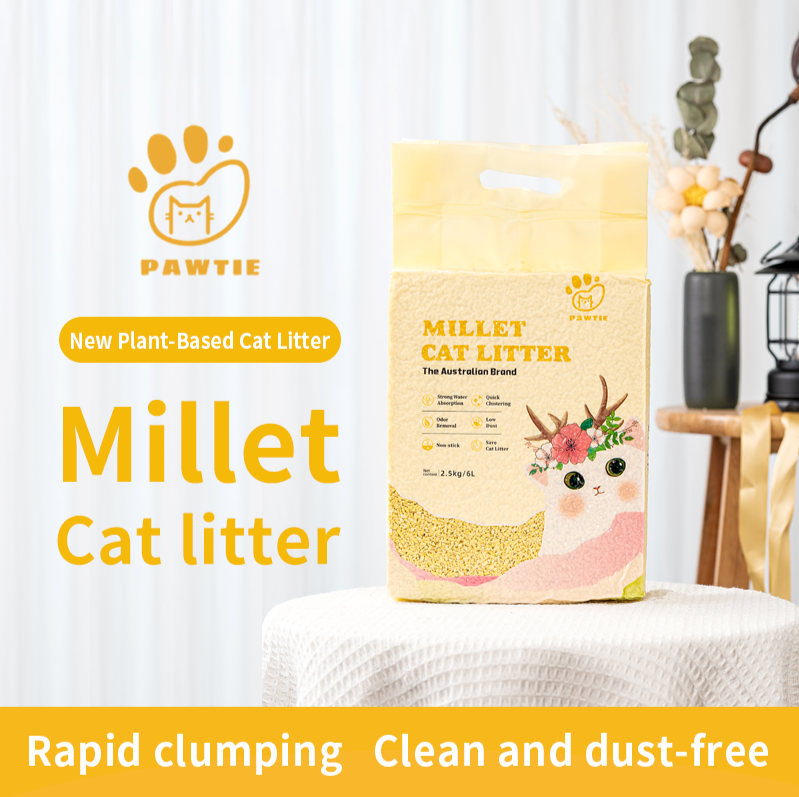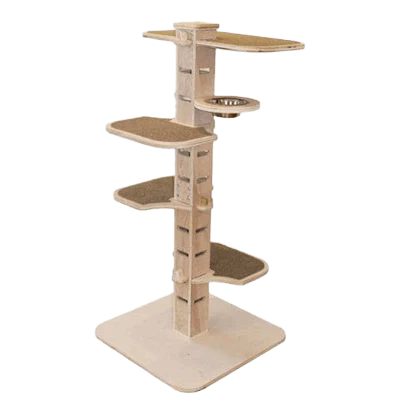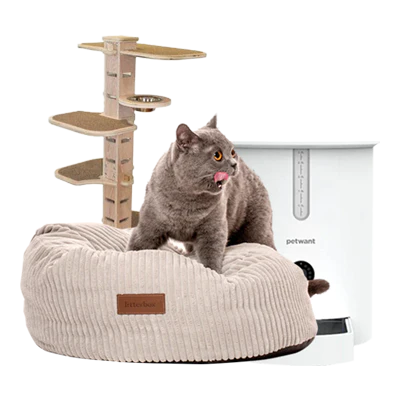Owning a cat is a joyful, life-enhancing decision—but it also comes with serious responsibility. From choosing the right breed to understanding healthcare, nutrition, behaviour, and cost, this guide covers the ten most important things to know before welcoming a feline into your home. Whether you're just starting to consider cat ownership or you're preparing for adoption day, this comprehensive guide helps you build the confidence and clarity to give your cat a healthy, happy life.
1. Choosing the Right Cat for Your Lifestyle
Cats vary widely in temperament, grooming needs, energy levels, and sociability. Before choosing a breed, consider:
-
Time commitment: Are you home often or frequently travelling?
-
Living space: Do you have room for vertical climbing, or just a small flat?
-
Family dynamics: Do you have children or other pets?
Some popular breeds to consider:
| Breed | Temperament | Grooming Needs | Best For |
|---|---|---|---|
| Siamese | Vocal, affectionate | Low–Moderate | Interactive, indoor homes |
| Persian | Calm, gentle | High | Quiet households |
| Maine Coon | Friendly, playful | Moderate | Families with space |
| Bengal | Energetic, intelligent | Low–Moderate | Active, experienced owners |
| Domestic Shorthair | Adaptable | Low | First-time cat owners |
2. Preparing Your Home for a Cat
Before your cat arrives:
-
Create a quiet, dedicated space with food, water, and bedding
-
Purchase a litter box and set it up in a calm, accessible location
-
Cat-proof by securing cords, removing toxic plants, and installing window screens
Essentials Checklist:
-
Stainless steel or ceramic food and water bowls
-
Clumping litter and scoop
-
Scratching post or cardboard pad
-
Toys (wand, puzzle feeder, crinkle balls)
-
Carrier, grooming tools, and bedding
3. Feeding and Nutrition
Cats are obligate carnivores and need a diet rich in animal-based protein. Depending on age and health, your vet may recommend:
-
Dry food for dental support and convenience
-
Wet food for hydration and palatability
-
Combination diets to cover all bases
Feeding Guidelines:
| Life Stage | Meals per Day | Key Nutrients |
| Kitten | 3–4 | Protein, fat, DHA, taurine |
| Adult | 2 | Protein, fibre, essential fats |
| Senior | 2–3 smaller | Joint support, easier digestion |
4. Understanding Litter Box Needs
Proper litter box habits begin on day one:
-
Place the box in a quiet, low-traffic area
-
Scoop daily and replace litter weekly
-
Offer one box per cat (plus one extra if space allows)
If issues arise, try different litter types or box styles. Enzymatic sprays help remove odour and prevent reoffending.
5. Grooming and Hygiene
Even short-haired cats benefit from weekly brushing:
-
Long-haired cats: daily brushing to avoid mats
-
Nail trims: every 2–3 weeks
-
Teeth: weekly brushing or vet-approved dental treats
-
Baths: rarely needed—only for skin conditions or messes
Grooming also offers an opportunity to check for lumps, skin irritation, or parasites.
6. Vet Care and Preventive Health
All cats need:
-
Annual check-ups
-
Vaccinations (e.g., FVRCP, rabies, FeLV if applicable)
-
Parasite prevention (fleas, ticks, worms)
-
Spaying or neutering
For older cats, increase vet visits to twice a year. Maintain a health diary to track weight, appetite, and behaviour.
7. Enrichment and Play
Cats need mental and physical stimulation to avoid boredom, anxiety, and destructive behaviour:
-
Provide vertical spaces (cat trees, shelves)
-
Rotate toys weekly
-
Include 15–30 minutes of interactive play daily
-
Puzzle feeders and hide-and-seek toys promote problem-solving
8. Behaviour and Socialisation
Understanding your cat’s communication is key:
-
Scratching: provide outlets like sisal posts
-
Vocalisation: may signal hunger, boredom, or discomfort
-
Aggression/anxiety: often a result of stress or lack of stimulation
Offer consistency, gentle encouragement, and avoid punishment. Use pheromone diffusers if needed.
9. Financial Commitment
Budgeting helps ensure your cat receives lifelong care:
| Expense Category | Monthly Estimate | Notes |
| Food and Treats | $30–$60 | Depends on brand and diet type |
| Litter and Supplies | $20–$40 | Includes toys, litter, grooming gear |
| Routine Vet Care | $30–$50 | Vaccinations, check-ups |
| Emergency Fund | $20+ | Crucial for unexpected issues |
| Pet Insurance (optional) | $20–$40 | Helps cover emergencies or surgery |
10. Building a Lifelong Bond
Cats are independent, but they thrive on love and structure. Create trust by:
-
Respecting their boundaries
-
Offering consistent care
-
Engaging in gentle grooming and play
-
Using positive reinforcement (praise, treats)
Strong bonds form through daily routines, patience, and presence.
Final Thoughts
Cat ownership is incredibly rewarding—but it’s also a long-term responsibility. By preparing your home, understanding feline needs, and committing to consistent care, you’re giving your cat the best chance at a healthy, enriched life.
With the right knowledge and tools, you can enjoy the kind of connection only a cat parent understands: quiet, quirky, and absolutely heartwarming.
Also refer to our guide: The Ultimate Guide to Cat Ownership in Australia: From Kitten Prep to Litter Box Bliss
Frequently Asked Questions
Domestic Shorthairs are ideal for first-time cat owners. They’re low-maintenance, adaptable, and have fewer breed-specific health issues.
Expect to spend $100–$200 per month on essentials like food, litter, vet care, and enrichment. Pet insurance and emergency funds are also recommended.
The general rule is one per cat, plus one extra. Place them in quiet, low-traffic areas to encourage consistent use.
Yes, weekly brushing helps reduce shedding, hairballs, and allows early detection of skin issues or parasites.
Core vaccines include FVRCP and rabies. Some cats also need the FeLV vaccine, especially if they go outdoors or live with other cats.
